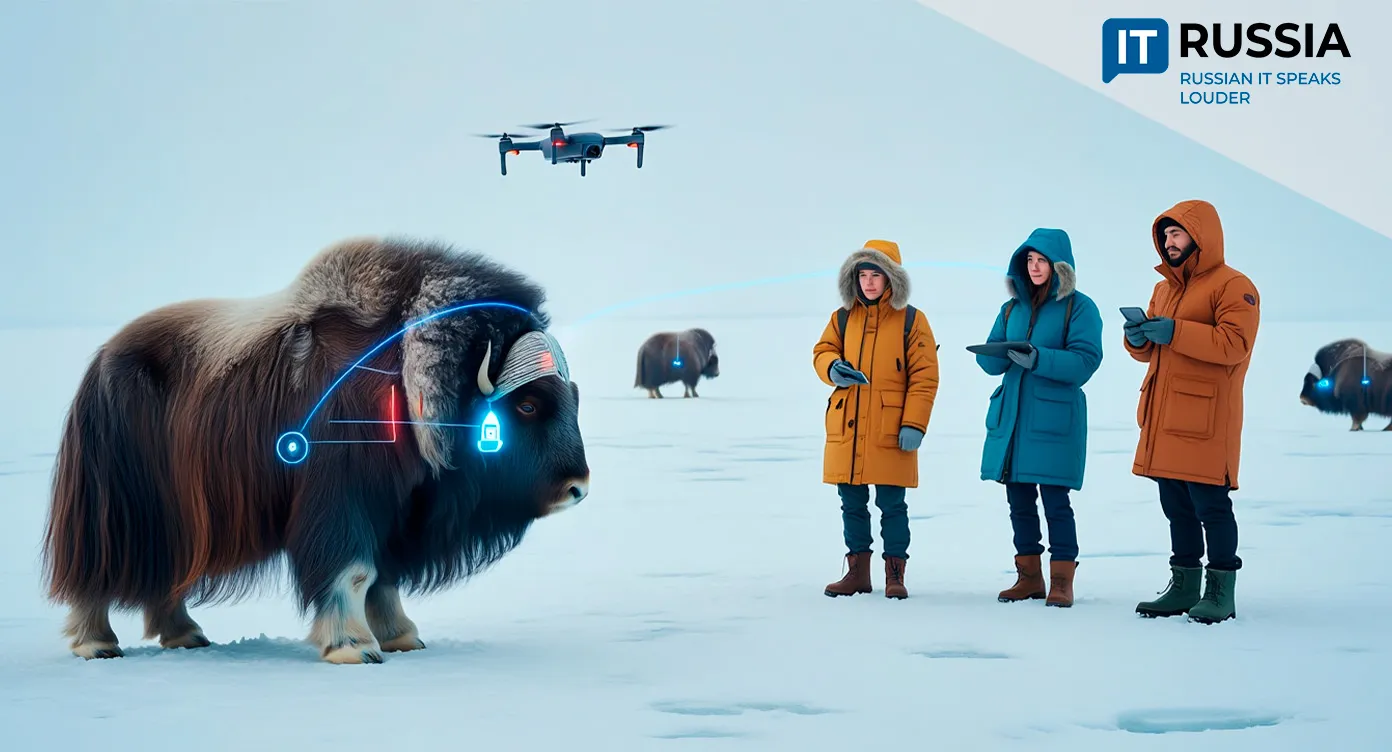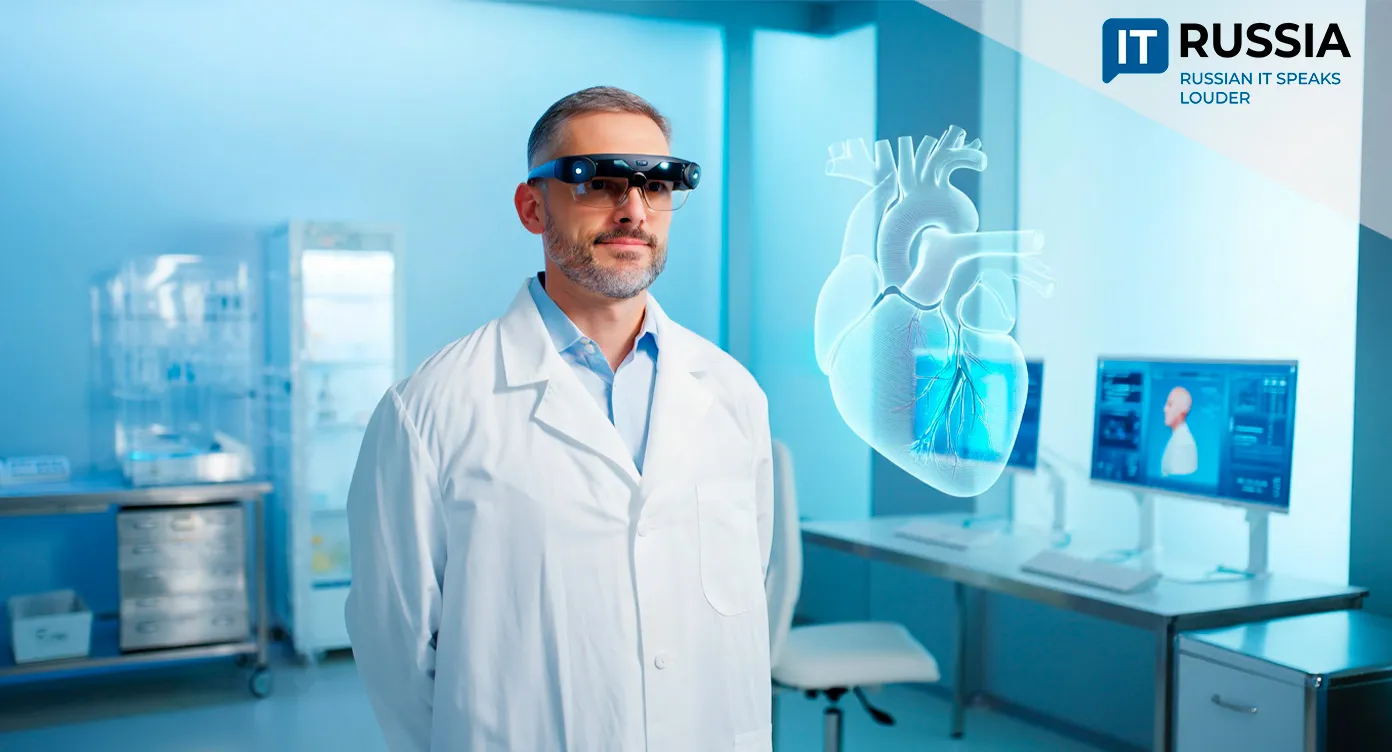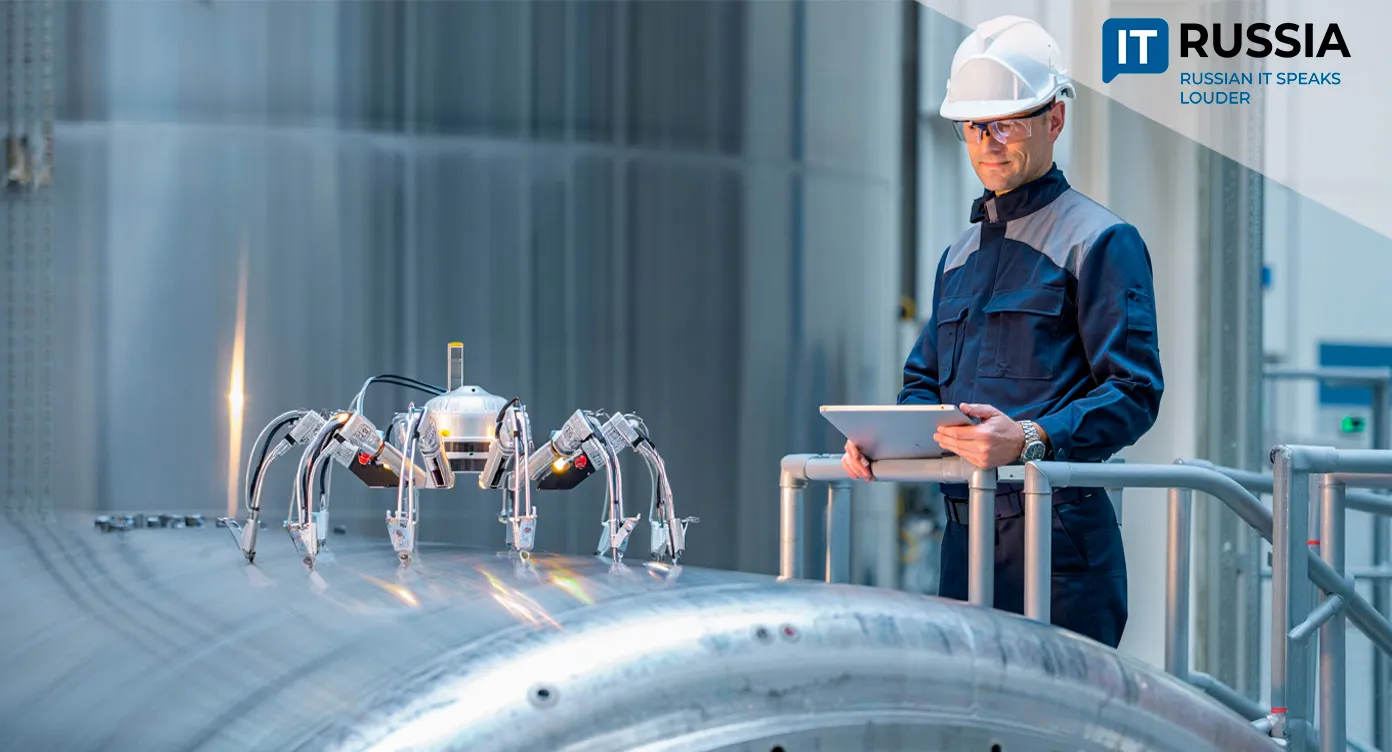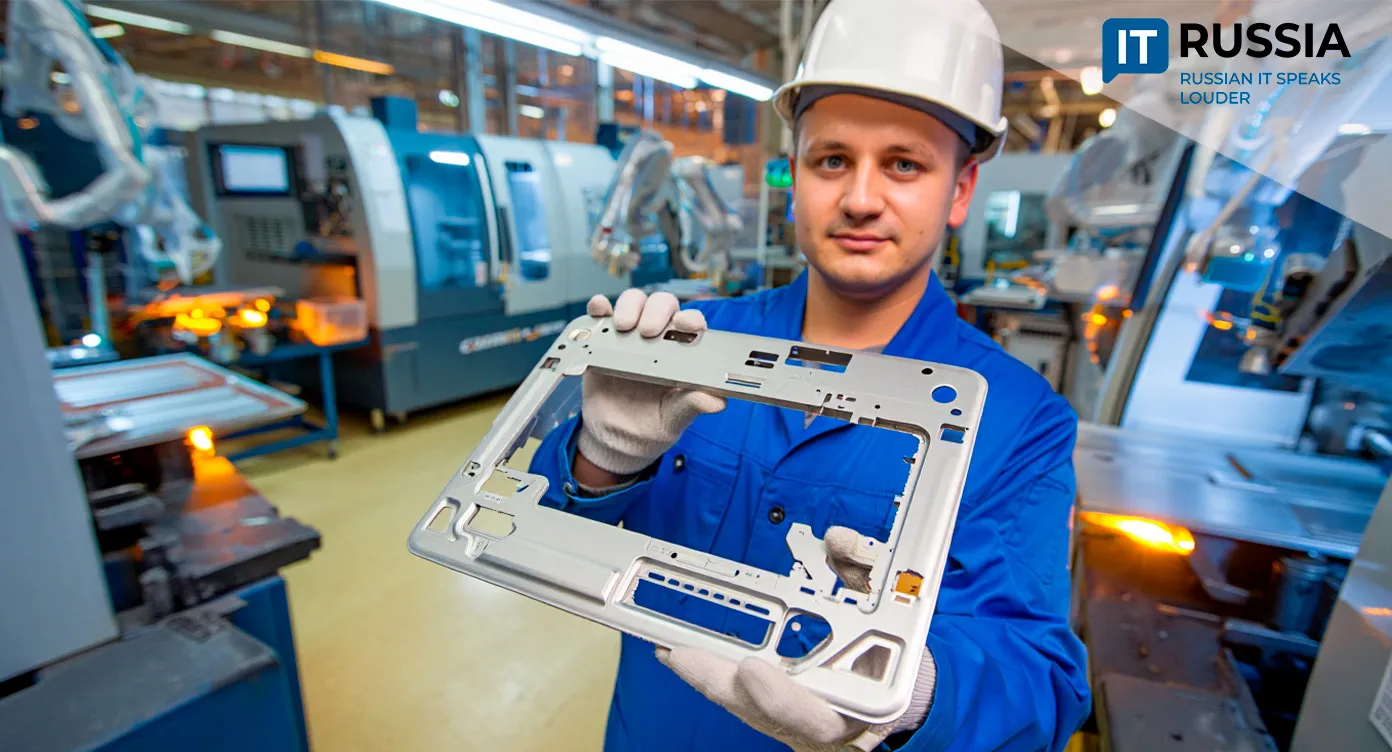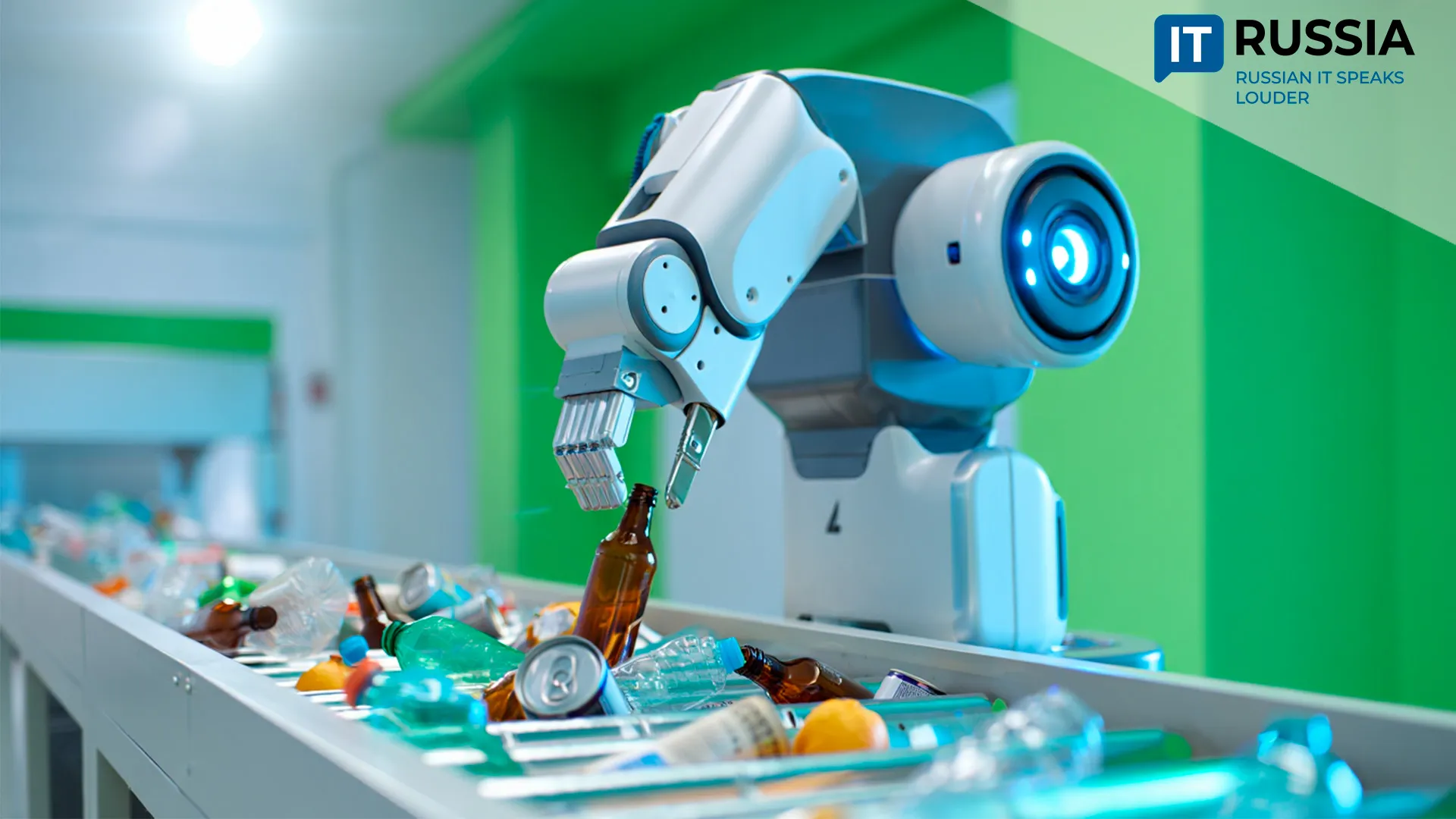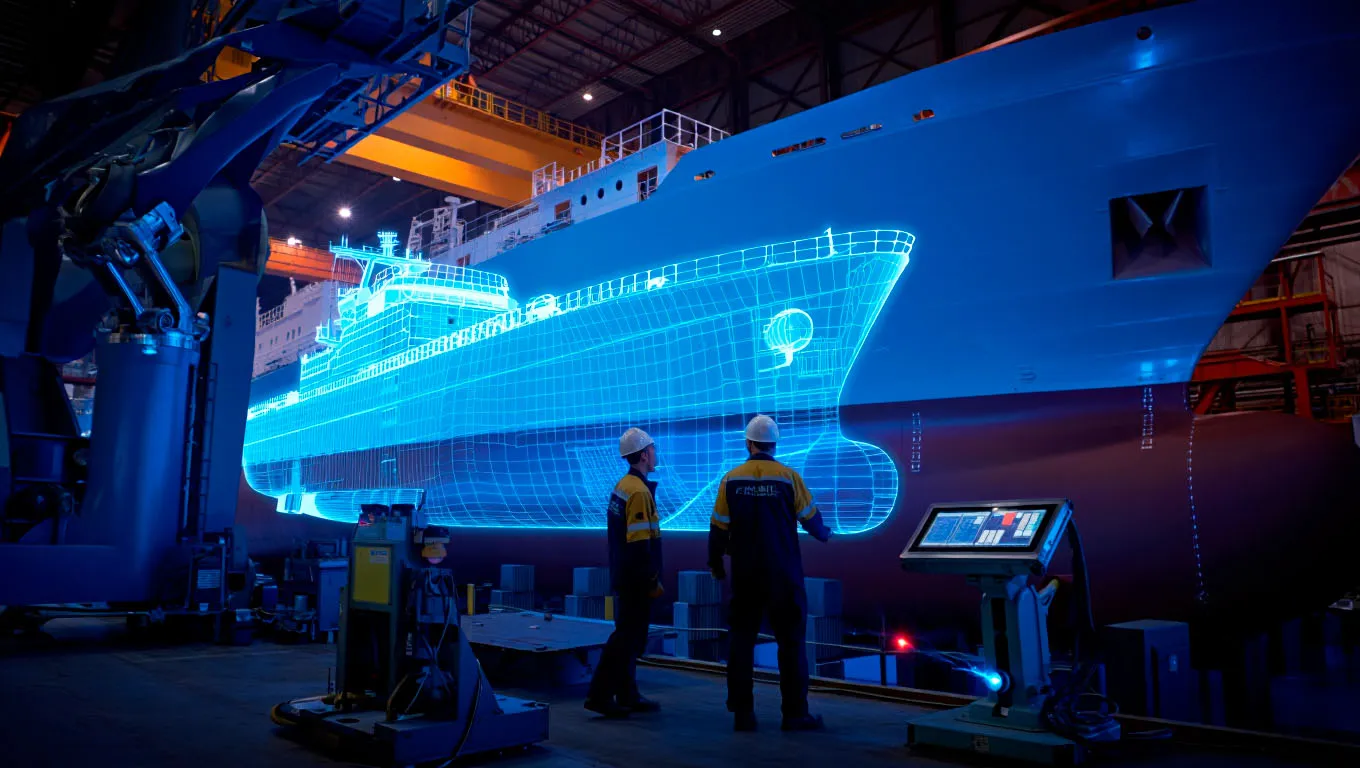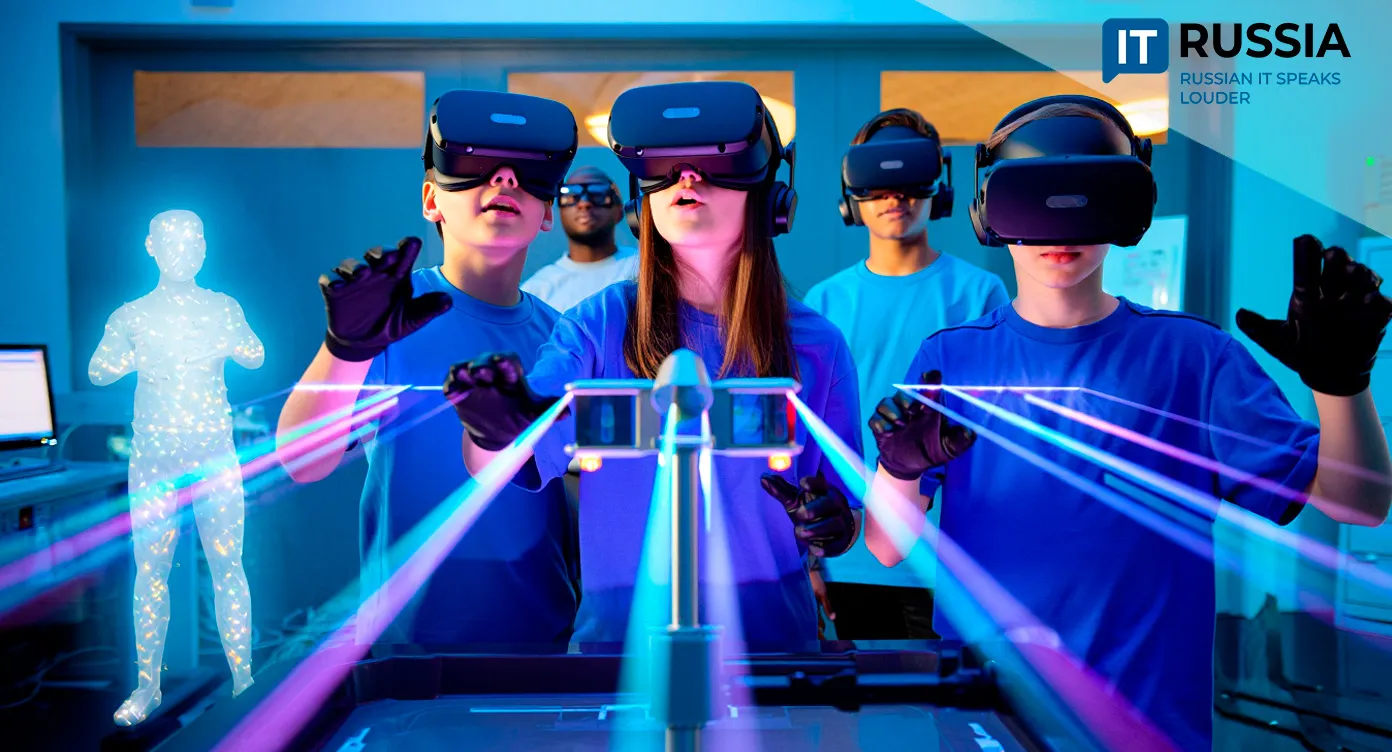Neural X-ray from Samara: How Artificial Intelligence Is Shaping the Future
A young scientist from Samara, Russia, has developed a technology nicknamed the 'Neural X-ray.' Together with his team at the Samara National Research University, he is rethinking the way artificial intelligence can visualize hidden structures — a breakthrough that may transform both medicine and robotics.

How It Works
Far from Russia’s major IT hubs, researchers in Samara have created a system that could redefine the future of medical imaging. Graduate student and research engineer Gennady Algashev at the Samara National Research University has developed what his team calls the 'Neural X-ray.'
The technology allows users to capture a simple photo — even of an object partially hidden under a machine — and instantly generate an accurate 3D model with full geometric detail. What once required expensive laser scanners and manual processing can now be achieved using a standard RGB camera, such as those found in smartphones.
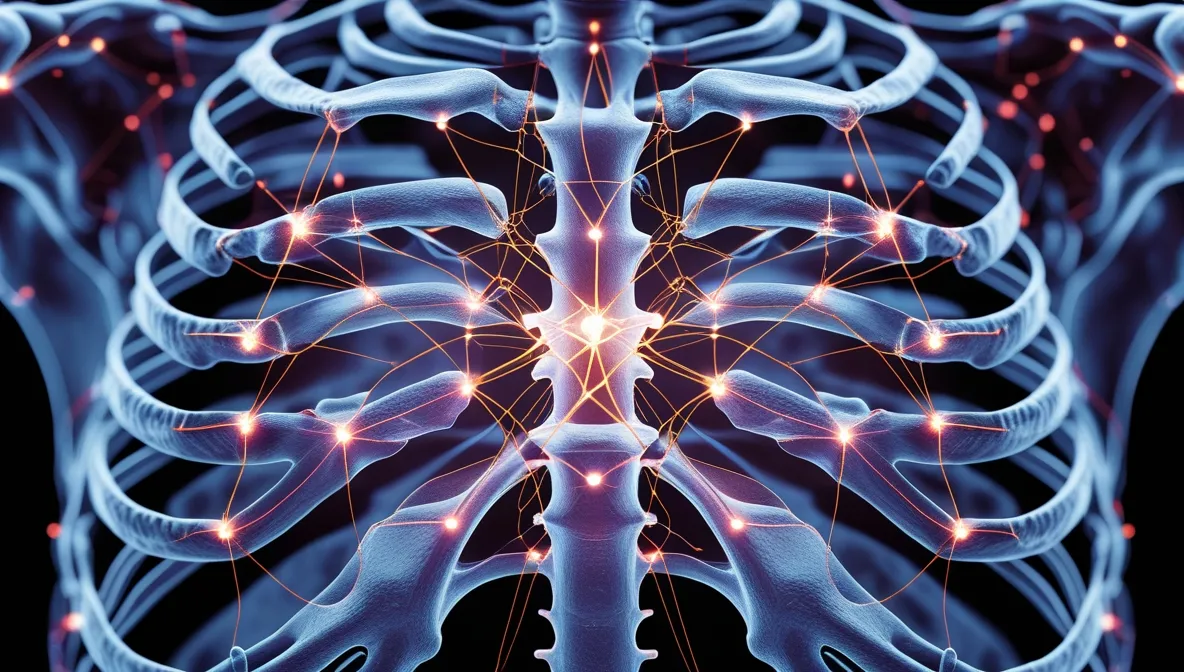
Neural networks identify the object’s structure and key points, much like how radiologists analyze joints on an X-ray, even when parts of the image are obscured, poorly lit, or shadowed. Although the method has multiple applications, its greatest promise lies in healthcare and robotics.
AI and Medicine: The Future of Diagnostics
Artificial intelligence is increasingly central to medical imaging, one of the most transformative fields in modern healthcare. From large Moscow-based IT companies to startups like Botkin.ai and Care Mentor AI, Russian innovators are working to integrate AI into diagnostic workflows. What sets Samara’s 'Neural X-ray' apart is its accessibility and focus on clinical relevance.
The system does not replace doctors; rather, it assists them — performing rapid and detailed analyses, minimizing human error, and revealing hidden risks such as early signs of pneumonia, tuberculosis, or cancer. For patients, this means earlier detection, faster intervention, and better outcomes.
From Lab to Clinic
The project has a defined roadmap. Next steps include large-scale testing of medical datasets, registration of the technology as a medical device, and pilot trials in hospitals across the Samara region. If validated, the approach could be adopted nationwide, particularly within Russia’s digital healthcare initiatives.
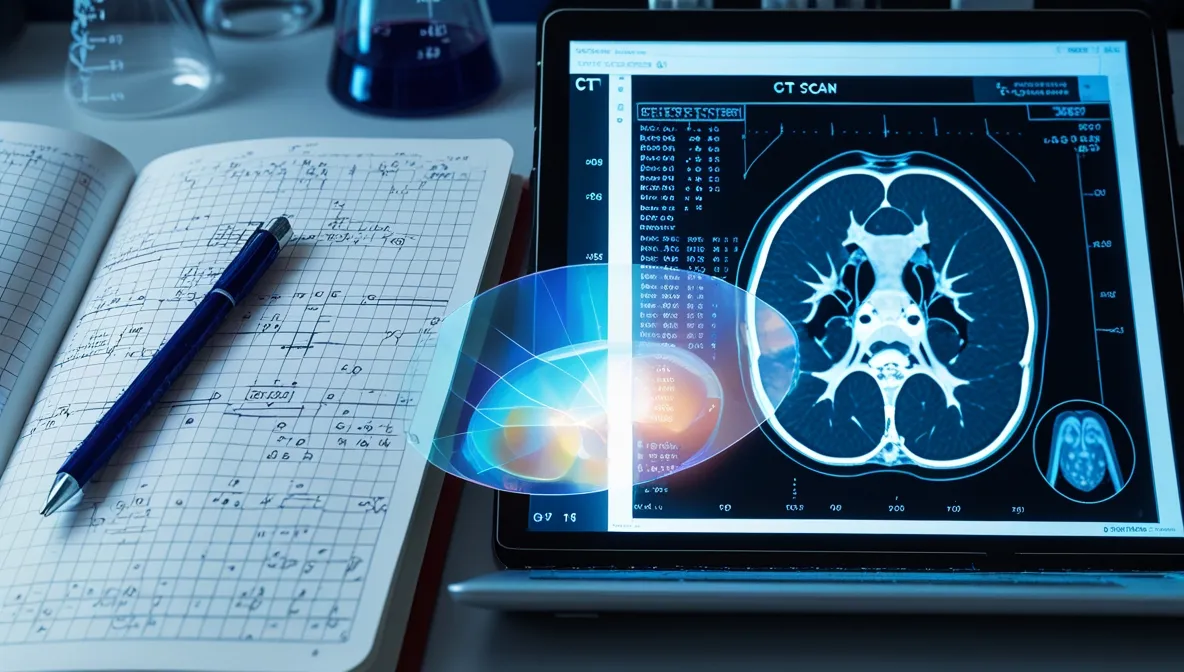
In the long term, Algashev’s team aims to adapt the method for CT, MRI, and ultrasound applications — and eventually enter global markets, where demand for affordable, AI-driven diagnostic tools is rapidly increasing.
Challenges on the Path to Trust
As with any medical innovation, the journey from lab prototype to clinical tool is challenging. The technology must pass rigorous certification and, perhaps more importantly, earn physicians’ trust. Even the best algorithm will fail if doctors hesitate to use it. Competition is also intensifying — both from domestic and international developers — meaning that Samara’s solution must be not only intelligent but also practical, reliable, and accessible.
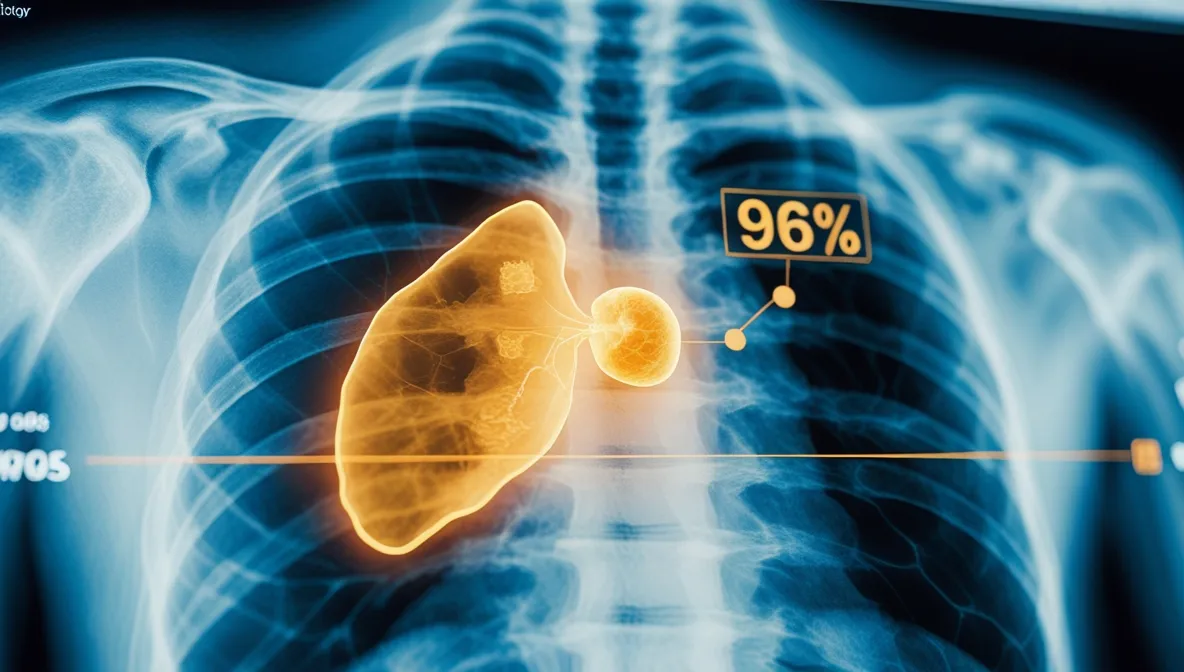
Innovation Beyond Moscow
Samara’s success underscores a broader shift: groundbreaking research is no longer confined to Russia’s capital. The 'Neural X-ray' exemplifies how young scientists can leverage regional resources to tackle national-scale challenges. If such initiatives receive consistent institutional and financial support, Russia could not only reduce its reliance on imported medical technologies but also emerge as a global exporter of advanced AI solutions for healthcare.









